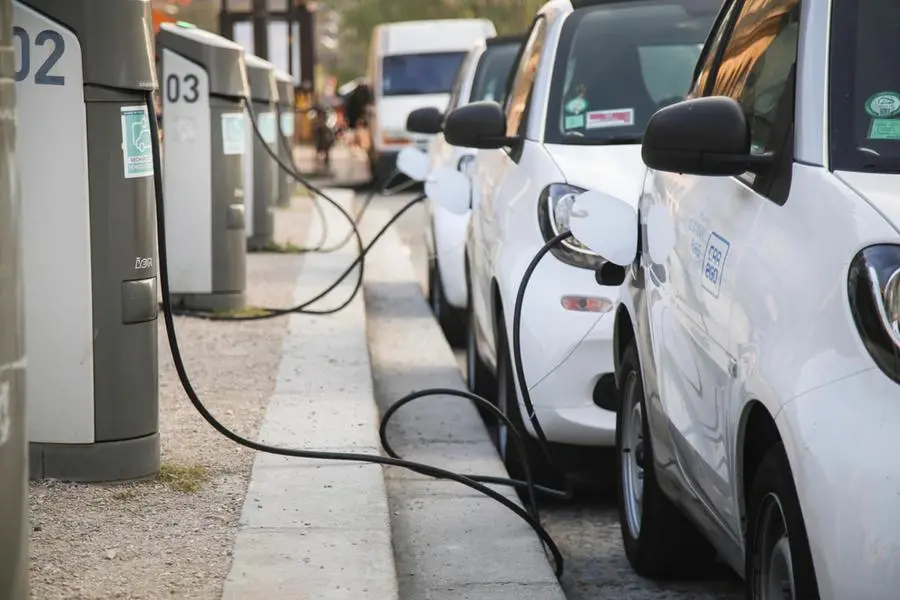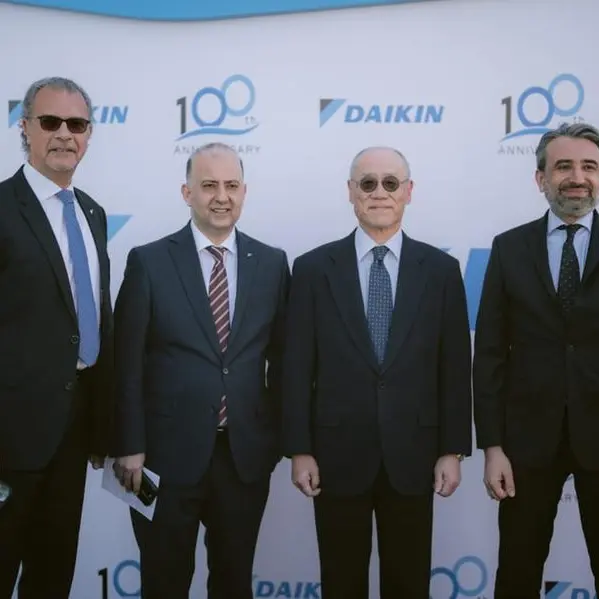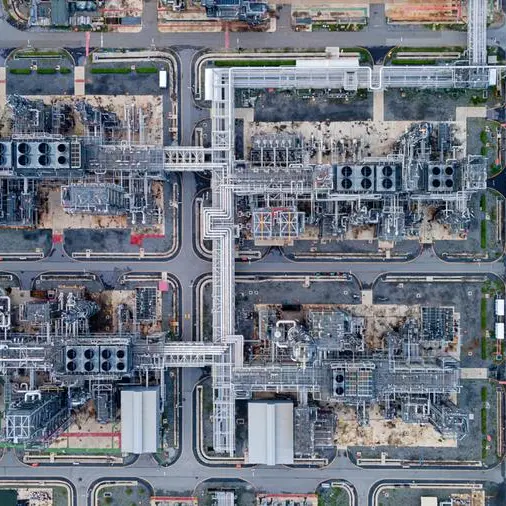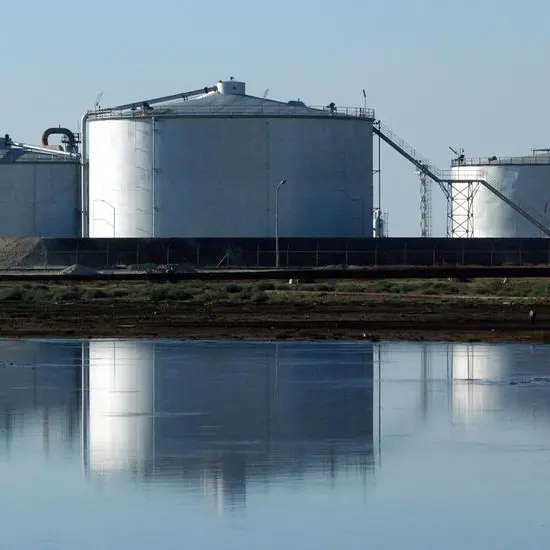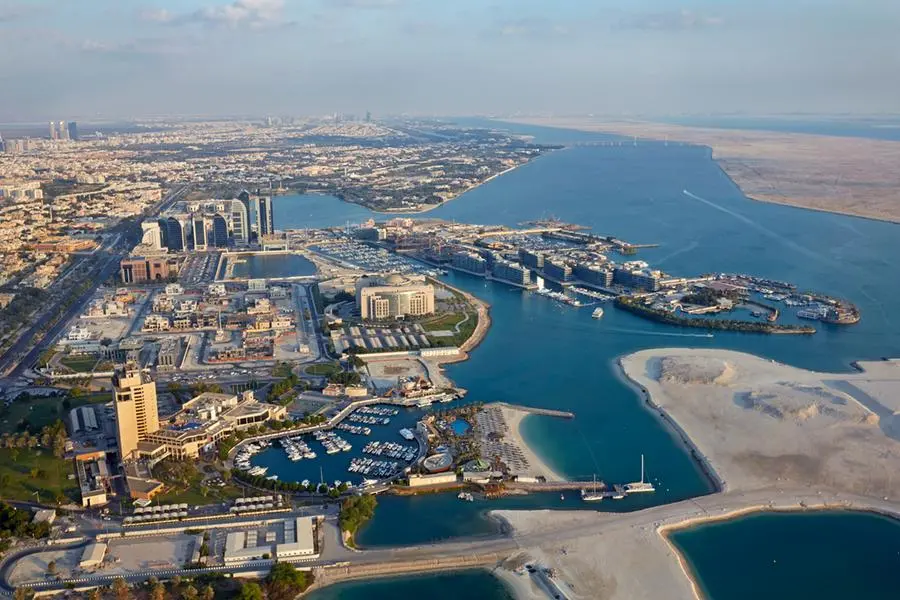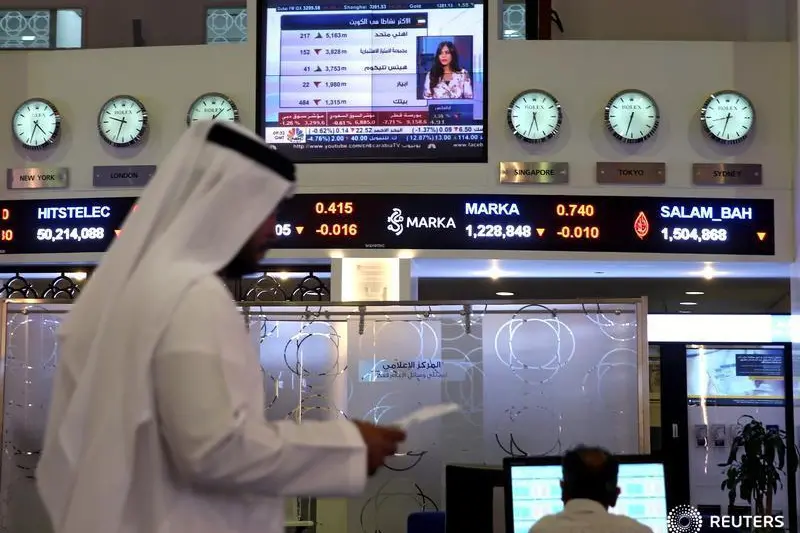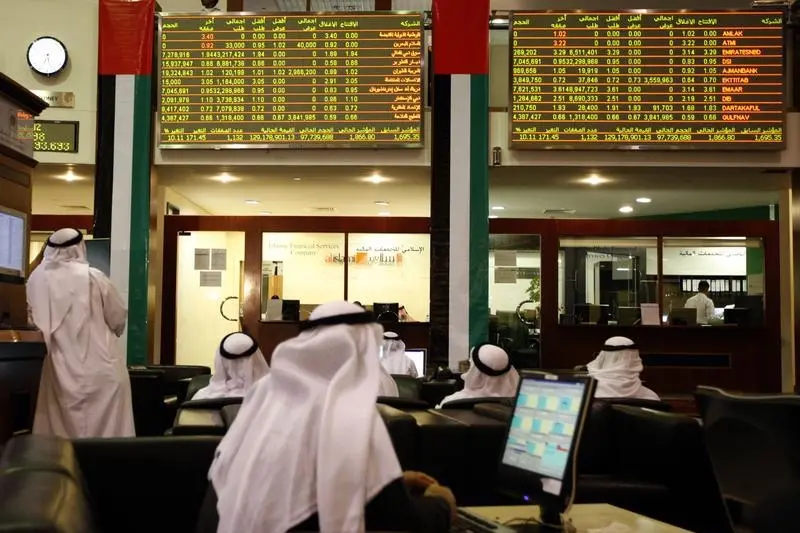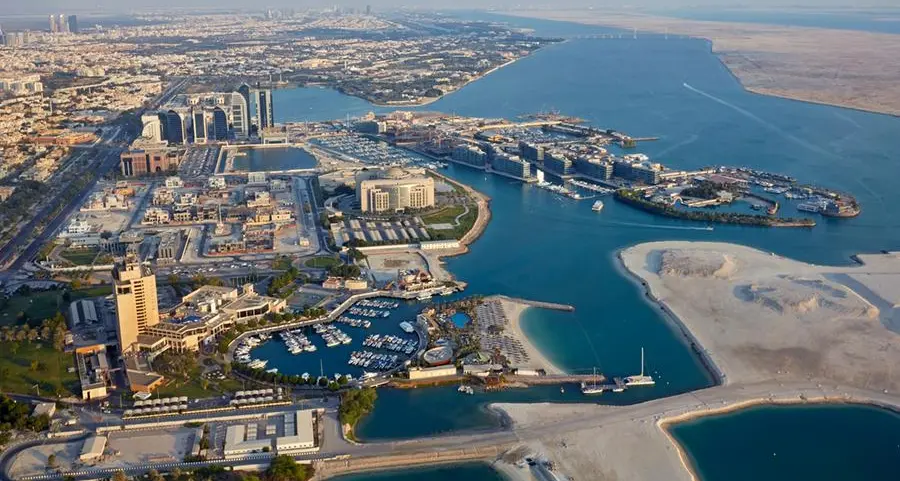PHOTO
Image used for illustrative purpose. Smart electric cars charging at a power station in Paris, France.Getty Images
CO2 emissions to hit record high in 2022 despite greater focus on climate; Emissions policy is on the ballot in key markets
Despite the focus on emissions reductions and a lengthening list of countries that have made net zero targets, we expect that CO2 emissions from energy combustion will increase by 2.5 percent in 2022 to new record levels as some economies recover more fully while others push for growth.
While leaders at COP26 pledged to strengthen 2030 emissions targets by the end of 2022 rather than waiting for the formal “stock taking” process, there are significant risks to domestic environmental policy agendas from elections in 2022.
During COP26, 100 countries committed to 30 percent reduction in methane emissions by 2030 (with some notable exception) which should further bolster interest in having fossil fuel market differentiated by their associated upstream carbon intensities. Record high carbon prices in the UK and Europe are at levels that are triggering market intervention reviews, though we expect that they will step back from recent highs.
Midterm elections in the US could derail the Biden Administration’s environmental agenda, while Australia’s opposition party is looking to oust the more conservative government by prioritising more vital environmental targets. These elections are reminders that “all politics are local” and the fates of global agreements are often determined by domestic elections, public sentiment, and policy shifts.
Strong power prices boost incentives for renewables installations, but can they deliver? Input costs and policy risks still loom
Strong power prices have pushed renewable power margins to historically high levels across major markets and boosted prospects for faster installation growth in 2022. This is slightly ironic since the underperformance of renewables was a key factor behind the surge in global gas and power prices in the first place.
Despite an ~10 percent increase in commissioning costs due to historically high raw materials prices and labor issues, Platts Analytics expects solar PV capacity additions will increase by 4 percent in 2022, while onshore wind installations increase by 1 percent. However, capacity growth is predicted to decline for offshore wind, which will contract by 25 percent in 2022 after a strong 2021 due to China's phase out of subsidies.
More broadly, the world will need to learn to develop policies that balance the need to add zero carbon electricity supply with the cost of the dispatchability/availability of oftentimes intermittent renewable power. These are risks that that renewables uptake will be increasingly associated with energy shortfalls and resulting high prices – and we will be looking to see if policymakers start trading off energy transition for reliable supply.
Carmakers’ shifting preference for EVs to become even more apparent; Light Duty EV sales to a new record high of over 9 million in 2022
The automotive sector struggled with supply chain issues in 2021, primarily a shortage of semiconductor chips, a key element in electric vehicles. However, it appears that OEMs did not constrain the manufacturing of electric vehicles as much as internal combustion engine vehicles, which supported a 108 percent year-over-year growth in EV sales. In addition to government-backed regulations, high fuel costs and financial incentives supported strong growth in electric vehicle sales in 2021, especially in China and the European Union.
While the prevailing factors that drove growth in 2021 will continue to be at work in 2022, an acceleration in EV sales growth will occur in 2022, driven by actions taken by automakers themselves. Automakers continue to increase investments in battery technology and electric vehicle manufacturing and will be offering a larger and broader range of EV models, and are adding to the build out of charging stations, which will help reduce range anxiety. The drivers of EV adoption will increasingly shift from policy/subsidies to producer and consumer choice. S&P Platts Analytics forecasts EV sales will grow over 40 percent YOY in 2022.
Gap between hydrogen production ambition and reality will be tested
Ambition surrounding hydrogen development was certainly on display in 2021, with announced projects of low carbon hydrogen production capacity in Platts Analytics’ Hydrogen Production Assets Database swelling to 29 million tonnes by the end of 2021. These project announcements have been supported by a growing number of countries announcing hydrogen strategies, which provide ambitious targets and incentive structures for new production capacity.
While the achievability of even near-term hydrogen production targets (such as the EU’s target of 6 gigawatts of green hydrogen production capacity by 2024) will not be fully determined in 2022 alone, developers will need to start to show that projects can be completed on time and on budget this year. There is production capacity across several different hydrogen production pathways that is slated to become operational in 2022, ranging from a larger-scale project using biogas and landfill gas, to small scale electrolysers paired with renewables.
While Platts Analytics does not expect any large-scale blue hydrogen (natural gas + carbon capture) projects to become operational in 2022, we will be closely monitoring the development and policy support of carbon capture projects that are not associated with hydrogen production this year as a key signpost of the viability of blue hydrogen projects.
Technology milestones in 2022 to point the way forward in the energy transition
Perhaps the greatest challenge of the energy transition is going beyond increasing wind and solar generation and electric vehicles, to reducing emissions in sectors that are more difficult to decarbonise, such as aviation and marine transport.
While technologies that could move the needle in these sectors are still essentially in the demonstration phase, several milestones look to be achieved over the next 12 months, including a pair of hydrogen-fueled maritime vessels hitting the water, and eight ships that will be “ammonia ready” as an alternative fuel if/when the supply and infrastructure is available.
While not powered by hydrogen itself, the first large, liquefied hydrogen (LH2) carrier will load its first cargo of hydrogen in Australia in early 2022, an early indication that international hydrogen trade can be viable.
On the aviation front, Platts Analytics looks for greater use of sustainable aviation fuels (SAF) in the sector, driven by government mandates (e.g., France mandating 1 percent SAF usage beginning in 2022) and commercial airlines looking to test higher SAF blend rates (following the lead of United Airlines which achieved the feat on a commercial flight in December 2021). The change to the size of the orderbooks of ships and planes designed to use alternative fuels will be a key factor to watch in 2022.
(Edited by Anoop Menon) (anoop.menon@lseg.com)
Disclaimer: This article is provided for informational purposes only. The content does not provide tax, legal or investment advice or opinion regarding the suitability, value or profitability of any particular security, portfolio or investment strategy. Read our full disclaimer policy here.
© ZAWYA 2022
